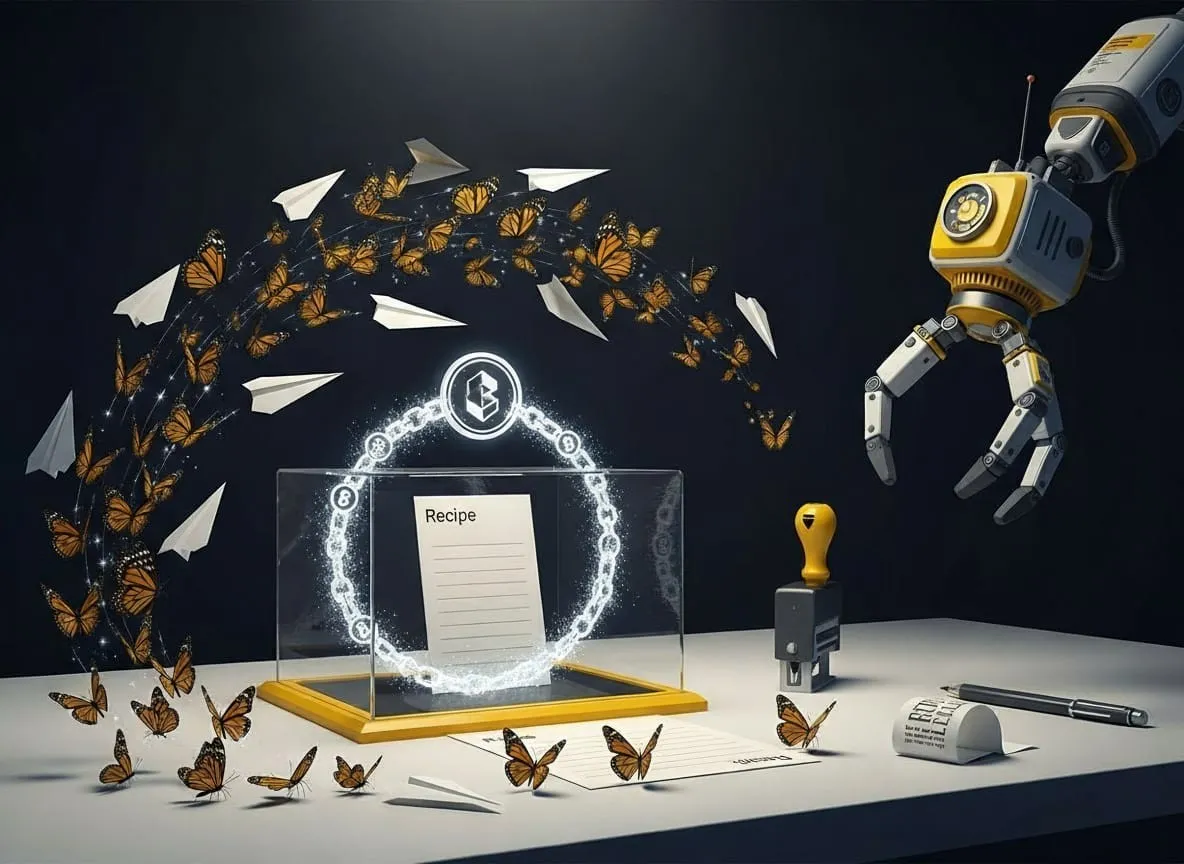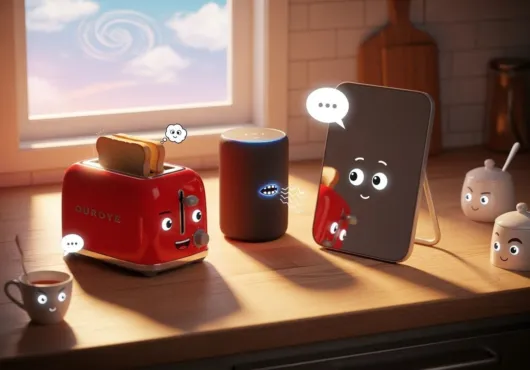“You can mint a receipt for a sentence. You can’t mint scarcity for language.”
You bought a JPEG of a sentence. Tomorrow, that sentence is obsolete because the model that made it just ate another billion tokens. Welcome to prompt NFTs: scarcity cosplay for something that was never scarce. The sales pitch is ownership; the product is latency. By the time your “one-of-one” prompt hits the chain, ten better prompts are already in the wild and free.
Still think you’re in control?
AI isn’t magic. But understanding it feels like a superpower. Go deeper with our no-fluff guides and AI literacy tools.
Browse the Talking to Machines Series →Scarcity Collapse 2.0 – Why pay for a JPEG when you can hock the 12-word prompt that birthed it?
Speculation on Steroids – Traders betting on “future masterpieces” that don’t exist yet (and might never).
If Everything’s Mintable, Nothing Is – Infinite prompts ≠ value; it’s just a throttle-free copy-paste casino.
From Ape JPEGs to Prompt Paragraphs—How Did We Get Here?
Phase 1 (2021): Collectible cartoons, cartoonish greed.
Phase 2 (2023): AI art floods the blockchain, supply curve goes vertical.
Phase 3 (Right Now): “What if we sold the idea of the art instead of the pixels?”
Congratulations, we’ve meme-speed-ran from digital scarcity to digital vapor in under four years.
Anatomy of a Prompt NFT
| Layer | What It Actually Is | The Sales Pitch |
|---|---|---|
| Prompt | A sentence fragment: “neon cyber-cat in vaporwave alley” | “Own the genesis of a billion possible images!” |
| Hash | A glorified checksum on-chain | “Immutable proof you were here first.” |
| Royalty Hooks | 10% cut each resale | “Passive income as the prompt goes viral, bro.” |
| Mystique | FOMO + vague talk of “seed value” | “Like buying Picasso’s first sketch… but cooler.” |
Reality check: You’re paying gas fees for a line of text you could copy-paste for free.
Monetizing Imagination (a.k.a. Charging Rent for Air)
AI Grifters’ Dream: Mint 10,000 random prompts overnight, label them hyper-rare concept seeds.
Lottery Logic: Buyers think one prompt will someday birth a $10M bestseller NFT; 9,999 prompts go nowhere.
Royalty Roulette: Every derivative piece from that prompt is “supposed” to kick royalties back to the seed holder. Good luck enforcing that across open-source models and offshore mints.
Who’s Buying?
Prompt Flippers – Degens who missed Bored Apes and need a new slot machine.
AI Maxis – Believe prompts will be IP gold mines (“own the next Marvel multiverse in 32 tokens!”).
Speculative Curators – Trying to corner niche aesthetics (“I hold all the ‘sad clown cyberpunk’ prompts—bow to me”).
Bots – Yes, bots auto-minting prompts for other bots. Ouroboros, but make it blockchain.
Legal? Ethical? LOL?
Copyright Soup: Can a single sentence be protected? How about a verbatim copy? Good luck in court.
Enforceability: Every open-source fork nukes your royalty chain.
Identity Theft Lite: Prompt may include personal names/styles—instant DMCA morass.
Environmental Footprint: More transactions for less actual content. Proof-of-stake ≠ proof-of-sense.
Peak Grift or Next Wave?
| Metric | Optimists Say | Cynics Say |
|---|---|---|
| Scarcity | “Early seeds will be priceless!” | “Infinite prompts, infinite dilution.” |
| Creativity | “Crowdsourcing imagination!” | “Crowdsourcing ctrl-v spam.” |
| Value Capture | “Artists finally get royalties!” | “Middlemen mint prompts, pocket fees—artists still unpaid.” |
| Longevity | “A new asset class.” | “Bubble inside a meme inside a scam.” |
How to Survive–or Exploit–Prompt NFTs
If You Must Play: Mint one killer prompt, document its evolution, build community around it. Treat it like a zine project, not a retirement plan.
If You’re an Artist: Use prompts as teaser marketing, then sell finished pieces off-chain or IRL prints. Keep the value in the execution, not the seed.
If You’re Sane: Screenshot any prompt you “love,” generate your own art, skip the fee—nobody can stop you. (Not financial advice; definitely sanity advice.)
Conclusion: A Token Too Far
Prompt NFTs are the logical endpoint of speculative Web3: monetizing potential instead of product, buzzwords instead of brushstrokes. Could a cleverly stewarded seed spawn genuine cultural value? Maybe. But when issuance is effortless and trust is paper-thin, rare becomes background noise at lightspeed.
So before you drop ETH on a sentence fragment, ask the Occam’s Razor question:
Am I buying vision—or paying premium gas fees for a fortune cookie?
Your wallet, your call. Just remember: the blockchain never forgets, but the market rarely forgives.



